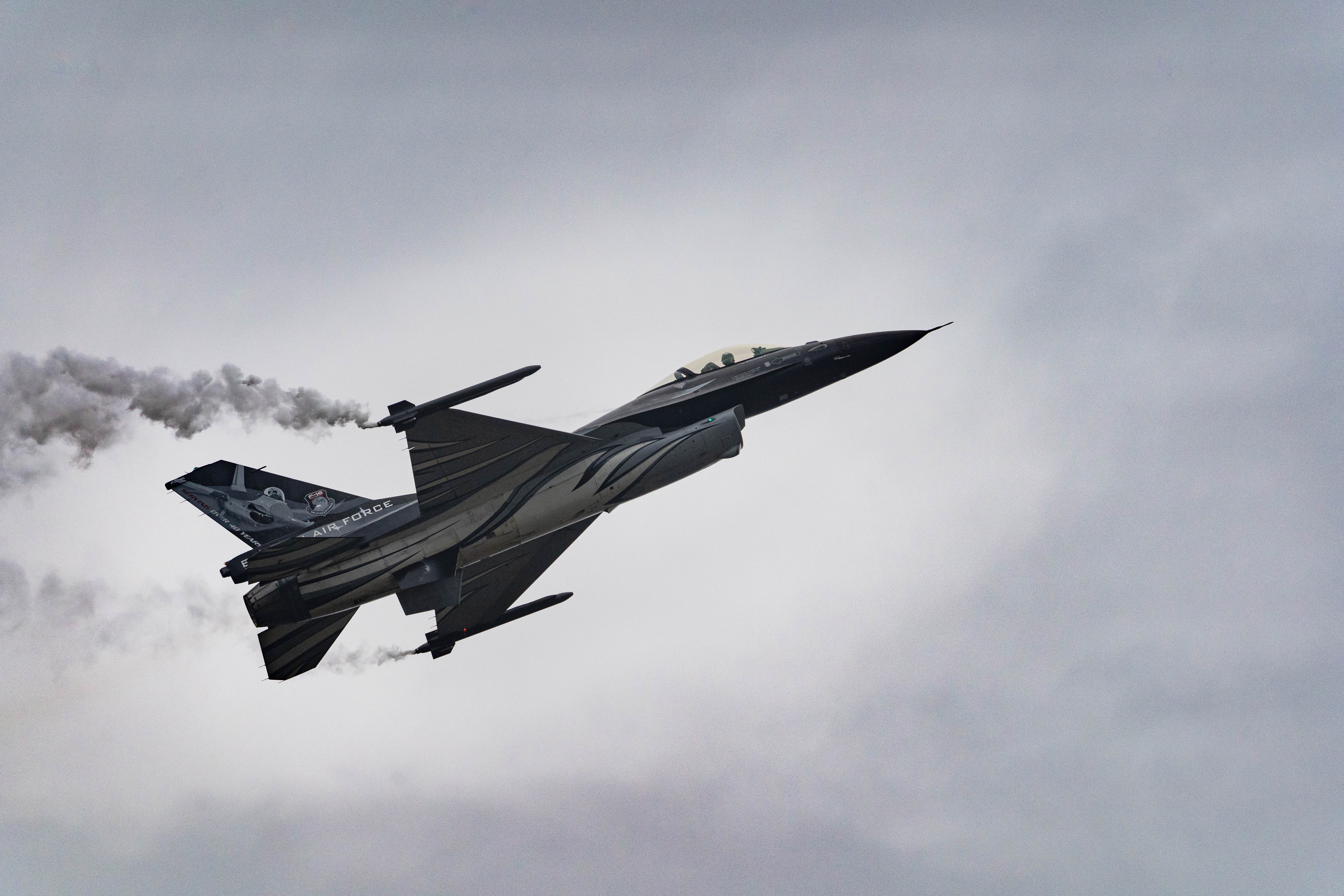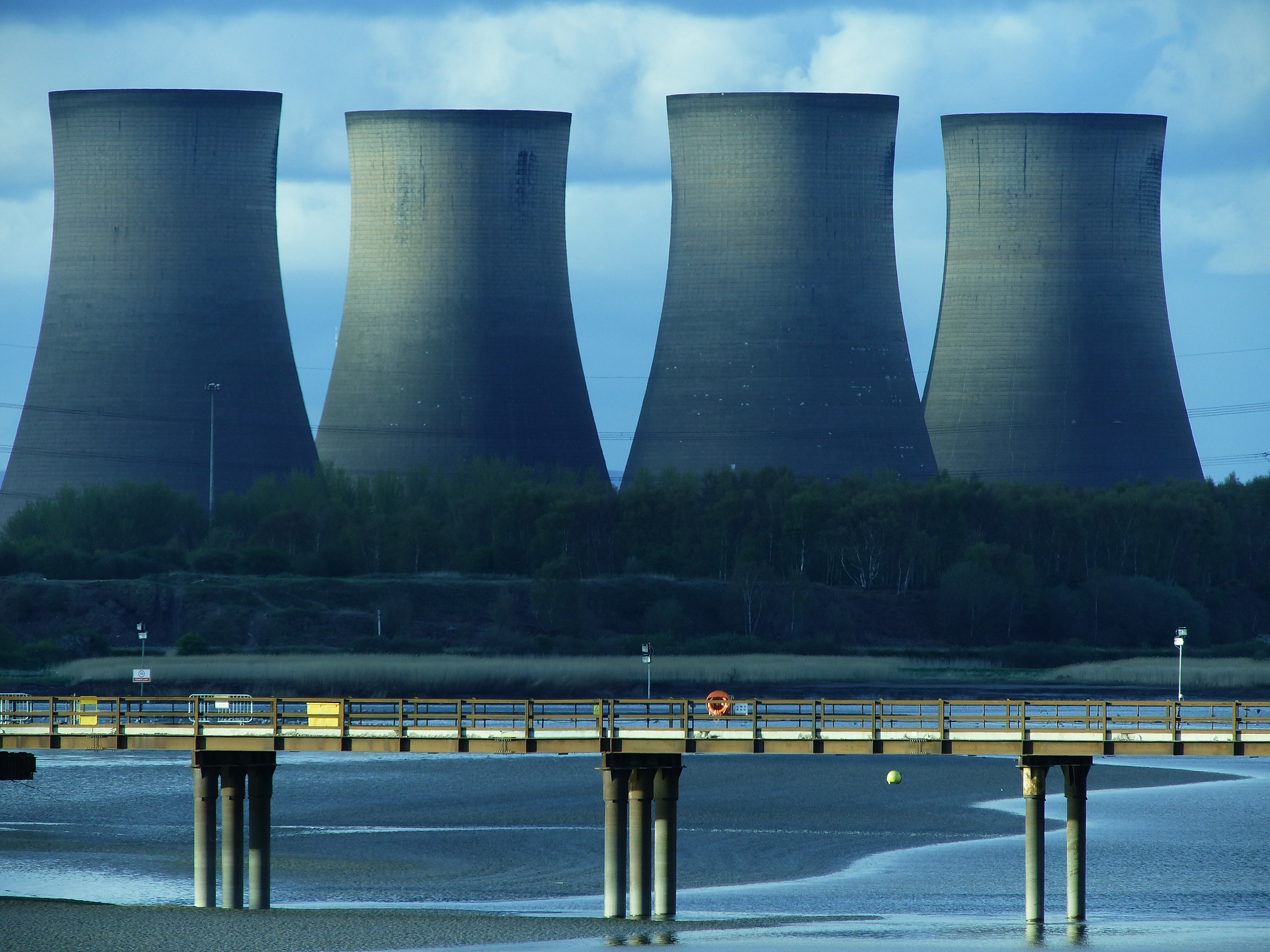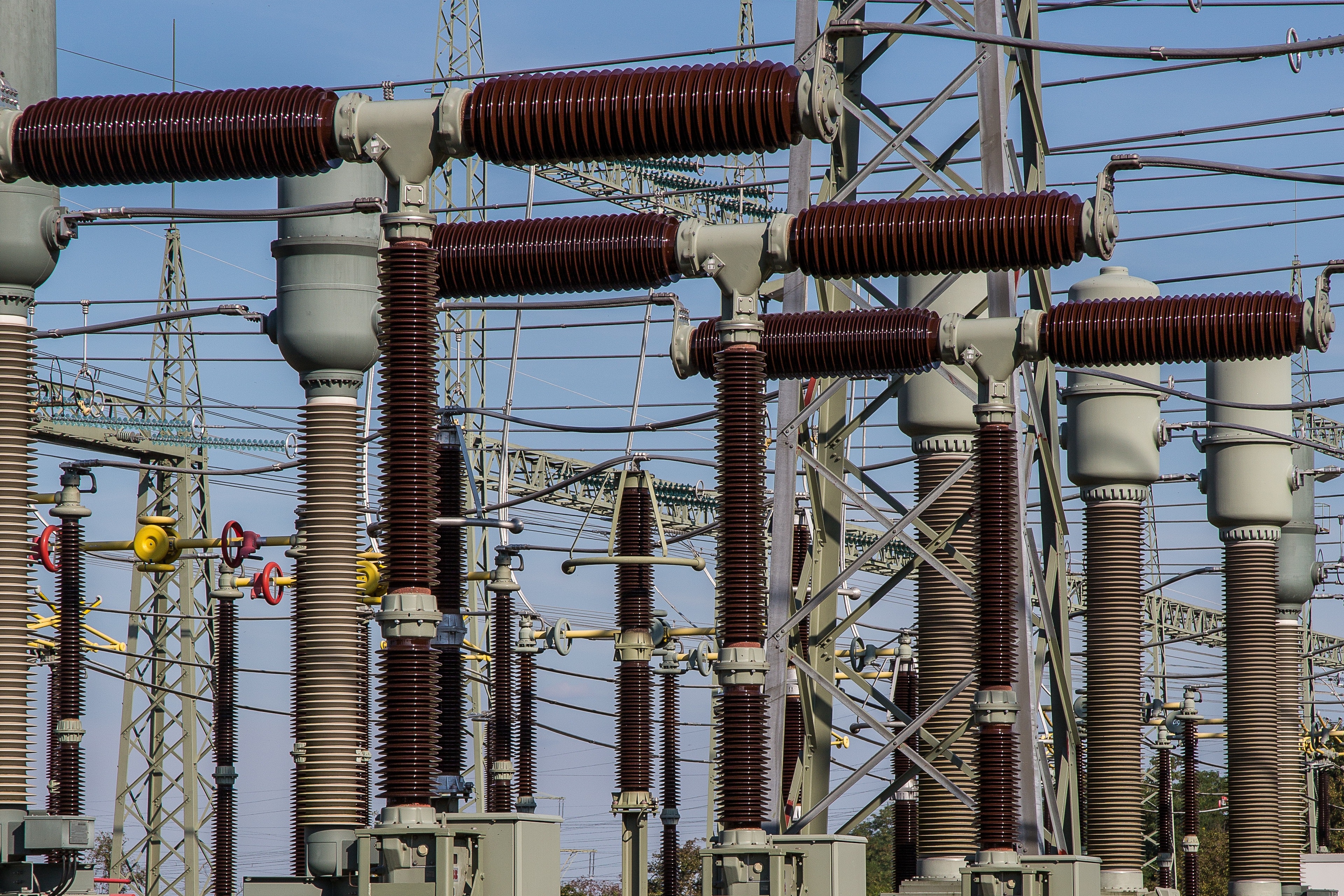Recently, the market seems to be self-intoxicatingly promoting a view that global inflation is about to peak, and the hawkish stance of central banks such as the Federal Reserve is also about to shift.
As a result, ARKK, the innovative ETF of “Wood Sister” who was previously hit hard by inflation trading, has made a full recovery, soaring by 6% in just one day last Wednesday, and the increase in the past month has also exceeded 10%. Low-quality technology stocks have fully revived.
However, there is a flaw in this inertial thinking – people tend to believe that inflation is cyclical and mainly driven by excessive stimulus. As long as central banks gradually tighten monetary policy, and the economy slows down or even goes into recession, inflation will naturally decline.

This also explains why, despite the current inflation rate in the United States remaining high at 9.1%, traders have already begun to price in an 80 basis point rate cut for next year.
However, Zoltan Pozsar, the head of global short-term interest rate strategy at Credit Suisse, presented a completely different view in his research report titled “War and Interest Rates.”
This strategy head, who is known in the industry as “Z,” has worked at both the Federal Reserve and the US Treasury Department.

He recently spent six weeks visiting eight European capital cities and met with over 150 clients. They also generally predict that inflation is about to peak, and the Federal Reserve will become less hawkish.
However, Zoltan emphasized that there are risks to the above views. He mentioned at the beginning that “War is inflationary.”
The key point is that we are now in the stage of major country wars, and the form of war is diversified.

However, unlike the past Cold War, the current form of warfare is focused on trade wars and currency wars, with commodities, chips, and the US dollar being weaponized. More importantly, the macroeconomic leaders are gradually shifting from central banks to governments.
The behavior of central banks is transparent and predictable, while the behavior of governments is ambiguous and unpredictable.

In the context of war, relying solely on an understanding of the economy to predict the future is no longer sufficient. The core benefits will primarily come from an in-depth understanding of politics and politicians, as well as the ability to predict their actions.

Under the continuous interest rate hikes by the Federal Reserve this year, the current federal funds rate in the United States has reached 2.25% to 2.5%.
The Federal Reserve believes that this is already a neutral interest rate level, which neither stimulates nor inhibits the economy.
The market has also begun to believe that there will be a 50 basis point (BP) rate hike in September instead of 75BP, and it will gradually decrease to 25BP in the future, with rate cuts expected to begin in 2023.
Firstly, the conclusion of “Z Shen” is that it is possible for the Federal Reserve to raise interest rates to 5% or 6%. Even if there is an economic recession and a decline in asset prices, interest rates may remain high.
The reason is that war is inflationary, and it is something that central banks cannot control or predict, nor can they provide forward guidance.
Obviously, if the first view is correct (inflation is about to peak), then the second view is also correct (and the Federal Reserve will become less hawkish).
The Relationship Between War and Inflation
The risk of the first viewpoint lies in its assumption of a stable world without geopolitical risk premiums, where demand management is more powerful than supply-related issues.
In reality, however, we live in an unstable world where geopolitical risk premiums are rising, and supply-related issues are more significant than demand management, as evidenced by the ongoing “chip shortage” that has lasted for nearly two years.
It can be seen from this that if the first viewpoint is incorrect (inflation is driven by economic warfare rather than stimulus policies), then the second viewpoint is also incorrect (we have not yet reached the peak of the central bank's hawkish stance).

During the past 30 years of the Great Moderation, the world of low inflation was built on three major pillars:
Firstly, cheap immigrant labor kept the wage levels in the US service industry stagnant;
Secondly, with wages at a standstill, China became the “world's factory”, and cheap products from emerging market countries still improved people's living standards;
Thirdly, cheap natural gas from Russia powered the industry of Germany and even the whole of Europe.

All of this has been effective for decades, allowing developed countries to print money on a large scale without worrying about inflation. However, the stability of the low inflation world was disrupted by nationalism, protectionism, and geopolitical factors.
The immigration policy implemented by former US President Trump to appease nationalists resulted in the loss of 2 million jobs in the United States, leading to the current labor shortage and wage pressure.
The COVID-19 pandemic further changed the labor market – early retirement and other changes exacerbated the labor shortage, further increasing wage pressure; Trump's trade war with China, which extended to a technology war.

The United States has imposed tariffs on cheap goods and banned the Dutch chip equipment company ASML from selling the most advanced photolithography machines to China.
Russian President Putin tried to make Europe dependent on cheap Russian natural gas to disrupt the balance of economic power in Europe and detach it from the United States, but was thwarted by the U.S. sanctions on the Nord Stream 2 project in November last year. Putin's disappointment with the changes in NATO's military balance then escalated into the hot conflict in Ukraine on February 24th, intensifying the economic war.

The United States has weaponized the dollar, and then Russia has weaponized commodities.
“Z-God” also stated that the prelude to a “wartime economy” has been set in motion. Against this backdrop, the head of state is more important than the head of the central bank.
In fact, this has also made the work of strategists extremely complicated. Zoltan lamented that his job used to be very simple, but now everything is different.

The central bank is known for its transparency, and to put it mildly, the only skill we need to survive in the market is the ability to read and understand English… Now our work is becoming more and more difficult.
The next policymakers will no longer be the heads of the central banks, but the heads of state who are at the pinnacle of power, whose thoughts are not known for being transparent – especially during wartime.
The policy objectives of the central bank are also changing, from fighting deflation caused by the globalization of cheap resources (labor, goods, and commodities) to “cleaning up” the inflationary shock waves brought about by a complex economic war.

In other words, the central bank is not fighting against the market now, but is “cleaning up” the inflationary consequences brought about by the economic war. At this time, the central bank is often passive and powerless.

Recently, due to concerns about economic downturn, the prices of commodities such as oil have also begun to fall, with oil prices dropping to the $90 range last week. In March, oil prices were close to $140.
As a result, views like this have begun to dominate the market – inflation has peaked, and the Federal Reserve may have to cut interest rates next year.
However, “Z Shen” believes that whether one can accurately predict the direction of inflation essentially depends on the perspective from which one understands inflation, that is, whether one considers inflation to be cyclical (caused by excessive stimulus measures by countries during the pandemic) or structural (transitioning to a multipolar world order amidst chaos, with the strength and hegemony of the United States being challenged).

If it is the former, inflation has already peaked; if it is the latter, inflation has just begun and can be considered a tool of war.
Zoltan believes that the current inflation in the United States is mainly due to the retaliatory rise in the overall inflation rate, while the extremely tight labor market in the service sector has exacerbated the situation.
The retaliatory rise in food and energy prices is caused by the conflict between Russia and Ukraine.
For decades, food and energy prices have been overlooked, but now the situation has changed. The recent stance of the Federal Reserve also reveals that focusing solely on core inflation rates, which exclude food and energy prices, is insufficient.
Food and energy, as daily necessities, are a dangerous signal for a structurally tight labor market – workers do not demand wage increases due to price increases in optional consumer goods such as televisions and cars, but because the cost of necessities has increased. Currently, wage pressure has spread worldwide.
It is premature to talk about “peak inflation.”
During the second quarter performance period, several CEOs of companies stated that global price pressures are expected to persist in the foreseeable future, which implies that in addition to food, energy, and core service inflation, inflation in core goods caused by supply chain issues will also be a problem.
Some market participants believe that in a service-intensive economy with lower energy intensity, the current oil prices are not as pivotal as they were in the 1970s, which gives them a glimmer of hope in the current environment.

Zoltan has a different view – oil is to the industrial economy, what labor is to the service economy.
In his 40 years of experience, he has never seen such a shortage in the labor market. This can also be understood as the service economy experiencing its own “OPEC moment.”
The current situation is very different from the 1970s. First, in the 1970s, many oil giants invested heavily for nearly a decade to increase production, while now, under the backdrop of ESG, the oil industry is clearly in a state of underinvestment.

After President Biden's recent visit to Saudi Arabia, the country only committed to increasing its production capacity from the current 12 million barrels per day to 13 million barrels per day by 2027, and there will be no additional production after that.
Secondly, it was relatively easy to resolve wage and price pressures in the 1980s. At that time, President Reagan used tough measures to quell strikes, which weakened the power of trade unions for a period of time, and wage levels were no longer linked to the inflation rate.

The current issues are more severe – stricter immigration policies, early retirement, and other labor market changes caused by the COVID-19 pandemic, extreme wealth accumulation on the one hand makes people reluctant to work, and on the other hand increases the demand for services.
Under the combined effect of these factors, there is a shortage of labor in the service sector, and cultivating labor is much more difficult than solving the wage problem.
“I don't see inflation has peaked,” Zoltan wrote.

The Federal Reserve has shifted from structurally creating demand to absorb an excess supply of cheap goods to structurally suppressing demand to adapt to a shortage of supply (aggressively raising interest rates, even at the risk of triggering a recession, to reduce demand and thus restore balance between supply and demand).
This is known as “supply and demand optimization” or “tightening one's belt,” which is a structural rather than a cyclical change.
It is worth mentioning that the US non-farm employment data released last Friday dispelled concerns of a recession – 52.8 million jobs were added in July, more than double the expected 25 million. The unemployment rate also fell from 3.6% in June to 3.5%, continuing to be at a historical low.

Additionally, wage growth has made a comeback, which is the “wage-price spiral” that all sectors are most concerned about – the average hourly wage increased by 0.5% month-on-month in July, which was expected to be 0.3%.
The pricing for a 75 basis point rate hike in September has soared (previously, all sectors expected a 50 basis point hike, and the Federal Reserve had also indicated that it would decide the pace of rate hikes based on data). The US dollar index then surged, breaking through the high point of 106.82 on August 3.

Some investors in the market believe that inflation has already peaked and that raising interest rates to 3.5% is already the end of tightening, or they think that the economy is on the brink of recession and the stock market is on the edge of a bear market, so there will be a rate cut next year.
In contrast, Zoltan believes that it is possible for the Federal Reserve to raise interest rates to 5% or 6%; similarly, even if there is an economic recession and asset prices fall, interest rates may remain high (since the Federal Reserve has made up its mind to fight inflation, if it does not carry through to the end, it will lose its credibility).

Coincidentally, Wang Qian, the Chief Economist for the Asia-Pacific region of Vanguard, one of the largest public mutual funds in the United States, also expressed to me recently that it is entirely possible for interest rates to rise to at least 4% next year.
“The market expects the Federal Reserve to stop raising interest rates in 2023, and the final interest rate should be able to remain below 3%. This is the reason why the market sentiment is relatively good recently.
We believe that there is a 25% probability of a mild recession in the United States next year (65% for 2024). A recession is just a means of controlling inflation. If a recession occurs and inflation does not come down, the Federal Reserve will continue to raise interest rates. Currently, inflation is mainly driven by factors such as wage growth, rent, inflation expectations, and geopolitical issues, and there is a lot of uncertainty in commodity prices.”

She also stated that inflation in this situation is very stubborn, and a mild recession is not enough to bring down inflation. In this case, the Federal Reserve may be forced to raise interest rates to 4% or higher in order to truly control inflation.
The market may currently be overly optimistic.








